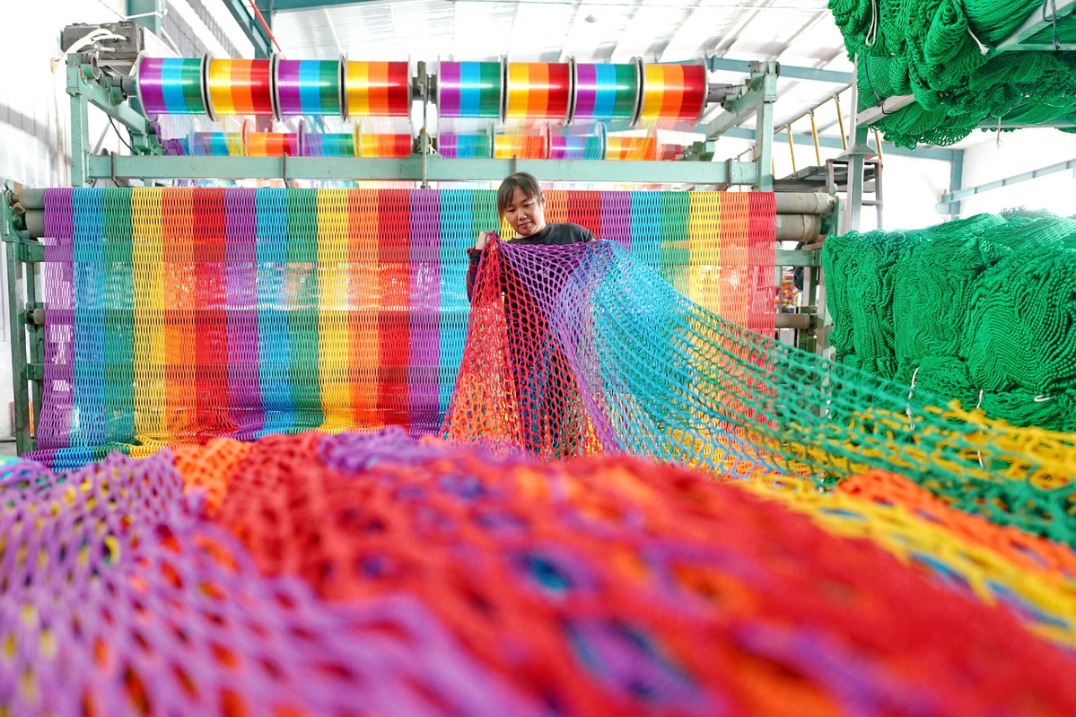Qingtian people return with wealth of experience
Zhejiang county sees natives come back from overseas to benefit, build nation


Nestled in the southeastern part of Zhejiang province, the small mountainous county of Qingtian is a place of quiet beauty and unexpected global influence.
With a modest population of 568,800, Qingtian sits at the end of transportation lines, far from national borders and devoid of seaports. Yet, against the odds this secluded county has astonishingly produced over 381,000 overseas Chinese scattered across 146 countries and regions.
In Qingtian, almost every family has a relative working abroad. These overseas Chinese have been building bridges between their hometown and their host countries, turning Qingtian into a melting pot of cultures, a fusion of Chinese tradition and international flair.
Strolling through the streets of Qingtian, visitors can see over 400 coffee shops, many Western-style restaurants and European-inspired architecture, which have earned the county the nickname "China's Little Europe" on Chinese social media.
So how did Qingtian, a mountainous county, become a hub for the overseas Chinese community?
According to Yan Xiaohai, an officer from Qingtian Federation of Returned Overseas Chinese, the answer lies in a confluence of factors. The lack of arable land and frequent natural disasters such as floods pushed its people to seek livelihoods beyond their homeland.
The county's unique resource, Qingtian soapstone, which is used for carvings, gave the locals a specialty to trade with. The rise of international expositions at the end of the 19th century also provided Qingtian craftsmen with a global stage to showcase their skills.
"The earliest recorded export of a Qingtian stone carving dates back to 1880. According to the Customs Trade Report of Wenchow, Qingtian's soapstone exports weighed 4.8 (metric) tons in 1880. By 1913, annual exports peaked at an impressive 400 tons, which is a huge amount for a small county like Qingtian," said Yan.
"Since these soapstone carvings were usually sold directly by Qingtian merchants, the volume of soapstone exports mirrored the trend of migration," he added.
The export of Qingtian's soapstone carvings contributed greatly to the formation of its overseas Chinese community.
"While surrounding mountainous areas faced similar poverty, only Qingtian managed to spawn a vast number of overseas Chinese, primarily due to its booming soapstone carving exports. Around 1926, Qingtian experienced its first major wave of migration, with many locals venturing to Europe. Travelogues of that time often depicted these migrants as humble street vendors who, despite hardships, managed to earn their fortunes," Yan said.
A second wave of migration happened in the 1990s when many more Qingtianese ventured abroad to try their luck.
"Qingtian's overseas Chinese have always been characterized by a strong merchant spirit. They always attempted to engage in trade and sales from the very beginning, with the soapstone carving trade being the initial reason for their going abroad. They also adapted to local consumers' habits and sold other products accordingly," Yan said.
He said their way of doing business necessitated strong connections with their homeland, ensuring a continuous bond between Qingtian and its diaspora. "It is rare for Qingtian's overseas Chinese to sever ties with their birthplace entirely. Even those who faced obstacles like passport issues often expressed a strong desire to return and visit their roots at the earliest opportunity," he added.
























